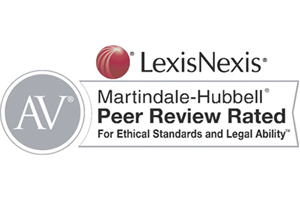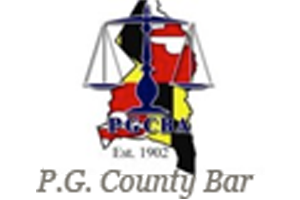Small Law Firm Care & Attention"
Can Police Stop Your Vehicle Based on a Visual Estimate of Speed?
Earlier this year the 4th Circuit held that an officer’s visual estimate of speed in slight excess of the speed limit, without any corroboration, does not suffice as a basis for probable cause to initiate a traffic stop.
Sean Sowards was stopped by Deputy James Elliot for speeding after Deputy Elliot visually estimated Sowards’ vehicle traveling 75 mph in a 70 mph zone. No radar or other method was used to corroborate Deputy Elliot’s visual estimate. During the traffic stop, Deputy Elliot had a canine trained in drug detection sniff the outside of Sowards’ vehicle, resulting in the discovery of 10 kilograms of cocaine.
Before trial, Sowards moved to suppress the evidence on the basis that Deputy Elliot lacked probable cause to initiate the traffic stop in violation of the 4th Amendment. The trial court found that the Deputy was trained to estimate speeds and therefore he had probable cause to believe a traffic violation had occurred based on the speeding violation.
On Appeal, the 4th Circuit held that the 4th Amendment does not allow blanket approval for the proposition that an officer’s visual speed estimate will always suffice as a basis for probable cause to initiate a traffic stop. Instead, the question remains one of reasonableness. A primary factor to examine is whether a vehicle’s speed is estimated to be significantly exceeding the speed limit or slightly over the speed limit. In examining case law from other jurisdictions and applying some common sense, there cannot be any degree of certainty with human estimation of vehicle speed within 5-10 mph. The reasonableness of officer’s visual estimate that a vehicle is traveling in slight excess of the speed limit may be supported by other evidence such as radar, pacing methods or various other factors. In sum, the Court recognized that an officer’s visual estimate of a vehicle traveling in slight excess of the speed limit essentially amounts to a guess of the vehicles speed and cannot suffice as a basis for probable cause to initiate a traffic stop.













